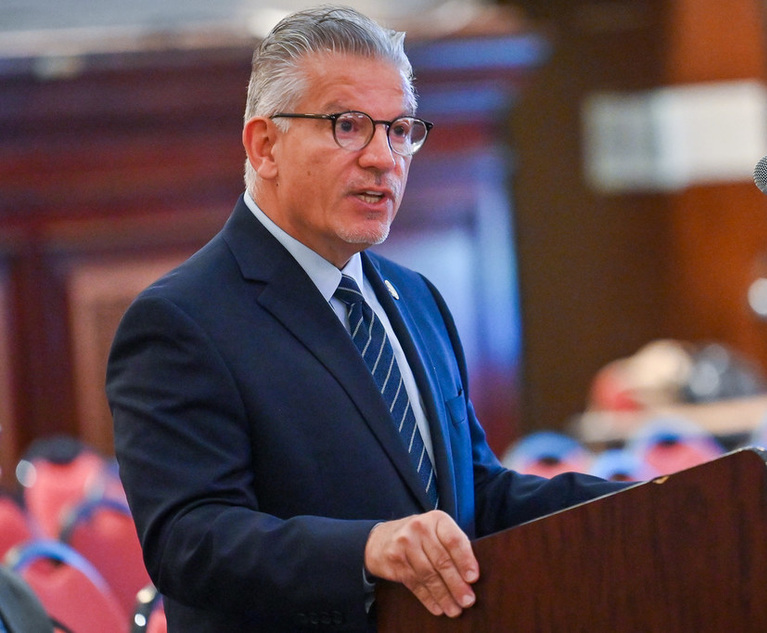Anyone who has ever had a boss knows there are many different ways to lead an organization. Some leaders try to get results through an imposing, top-down style, where real debate about the wisdom of the leader’s ideas is understood to be verboten. This is the approach we associate with entrepreneurs like Elon Musk, coaches like Bill Parcells, the chef Gordon Ramsay; in its worst manifestations, it involves screaming, tantrums, and even broken clipboards, laptops, and dinner plates.
There are alternatives, of course. Abraham Lincoln famously assembled a team of his political rivals to serve in his cabinet. Asked why he chose to pursue what seemed like such a politically fraught course, Lincoln explained that he needed the strongest, most competent individuals to serve in his cabinet, and these rivals fit the bill. “I had no right to deprive the country of their services,” he said. So, Lincoln used his empathy, emotional intelligence, and keen political instincts to earn his rivals’ loyalty and unify them in support of his ideas for how to save the country. Former U.S. Supreme Court Justice Sandra Day O’Connor is a more contemporary example of this leadership style. O’Connor, a state senator from Arizona before her appointment to the court, was known for using the interpersonal skills and pragmatism that she honed as a politician to persuade her colleagues to join her positions; she was so successful at this that her jurisprudence left a hugely consequential imprint on American life. And, even in the hypercompetitive world of professional sports, the drill-sergeant style that used to be so pervasive has in many cases been abandoned in favor of an approach that focuses on fostering a strong team culture; empowering and supporting others to be the best versions of themselves; encouraging candid, open dialogue; and having the humility to acknowledge that the titular “boss” doesn’t always have all of the answers. More Phil Jackson, in other words, than Bobby Knight.







